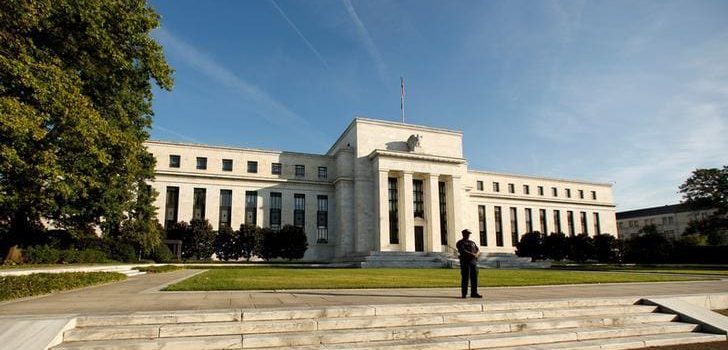)
In an effort to combat the financial crisis a decade ago, the Fed began increasing its total assets from $900B to $4.5T by increasing in three rounds of quantitative easing, the process where the central bank purchases government treasury bonds to increase the money supply. According to William Dudley, President of the New York Fed, the central bank may begin shrinking its balance sheet to get closer to normal levels as early as this year. Financial markets have been questioning when that will happen for a while as some fear it could have negative effects on the economy if not implemented at the right time. The aggressive assertion temporarily weakened the dollar as investors seemed to flee to other currencies, since Dudley makes at least the fourth high ranking Fed official to suggest bond shedding may begin soon.
Seen as a very close ally of Federal Reserve Chair, Janet Yellen, Dudley is generally thought of as very influential figure in the Fed, especially given the importance of New York in the world’s financial system. He suggested that rather than actually selling the bonds, the Fed’s approach to getting rid of the treasuries will likely be to allow them to mature without reinvesting. Several hours after Dudley made the remarks, James Bullard (President of the St. Louis Fed) took an even stronger stance, saying he would prefer to begin shedding mortgage and treasury backed bonds immediately. Economists polled by Reuters were under the impression that the process would start in 2018, a move many analysts believe will push government bond yields up. It has always been part of the Fed’s plan to shrink the portfolio, after the interest hikes are already underway.
Both the Cleveland and San Francisco Fed Chairs (Loretta Mester and John Williams, respectively) have also publicly encouraged shrinking the portfolio this year. According to Dudley, the bond shedding would likely be passive, and done in the background in an effort to minimize the effects on the market, however the ramifications could influence the pace the Fed continues to raise interest rates. He went on to say, “If we start to normalize the balance sheet, that’s a substitute for short-term rate hikes because it would also work in the direction of tightening financial conditions… If and when we decide to begin to normalize the balance sheet we might actually decide at the same time to take a little pause in terms of raising short-term interest rates.” On the contrary to Dudley, Mester and Williams, Neel Kashkari (president of the Minneapolis Fed) is among the most dovish policymakers in the federal reserve system, but even he acknowledged most other policy makers are likely to push for if sooner rather than later.

